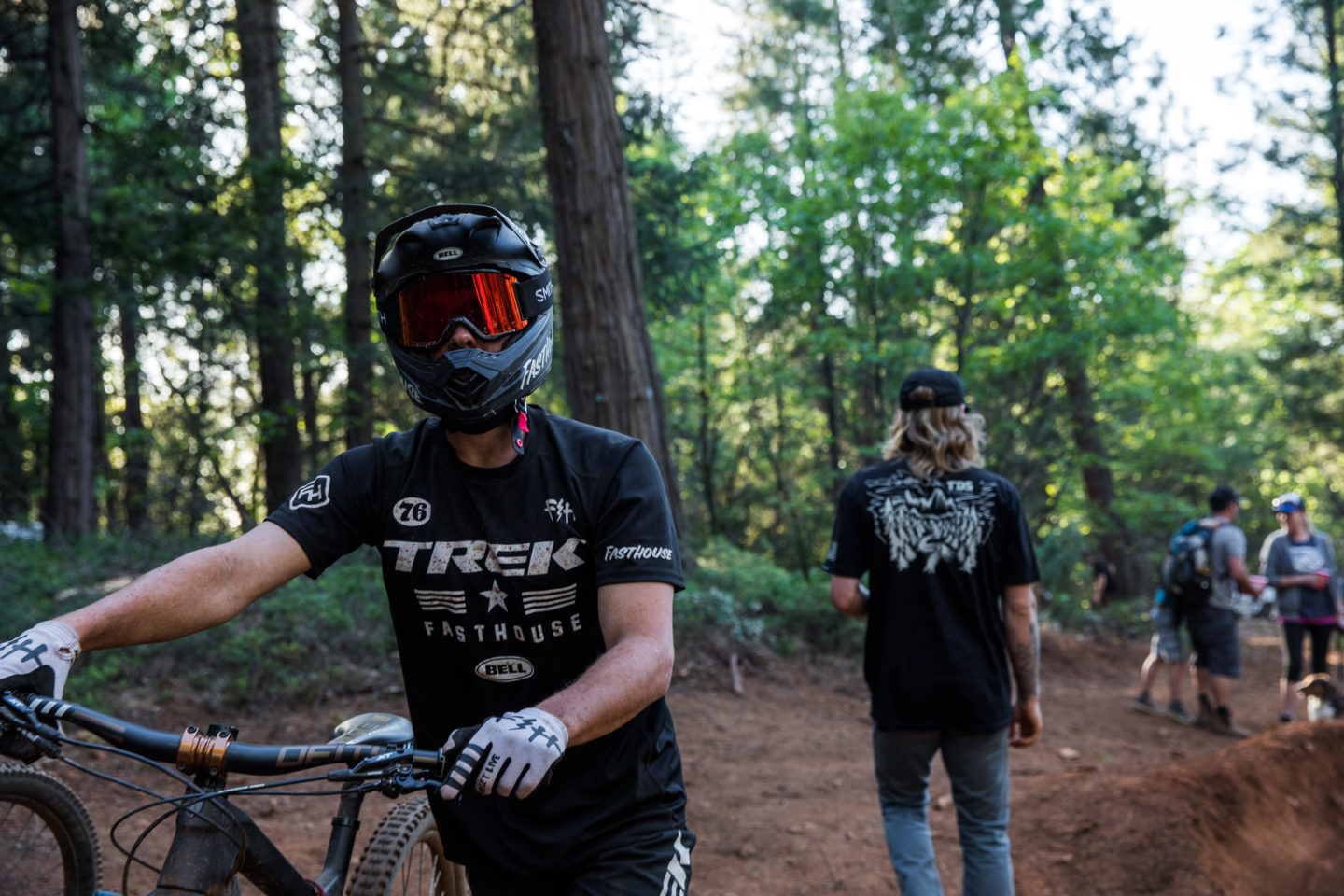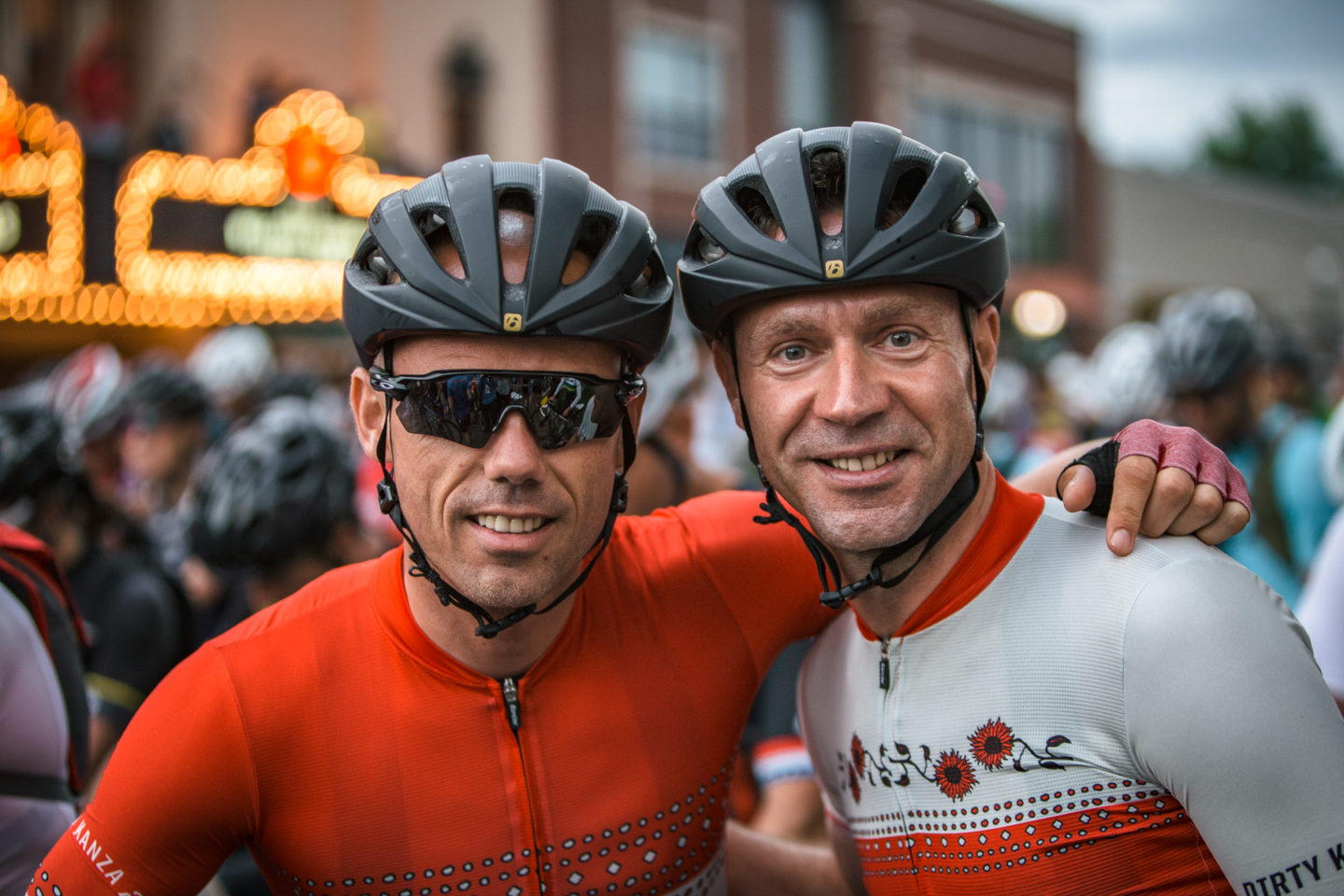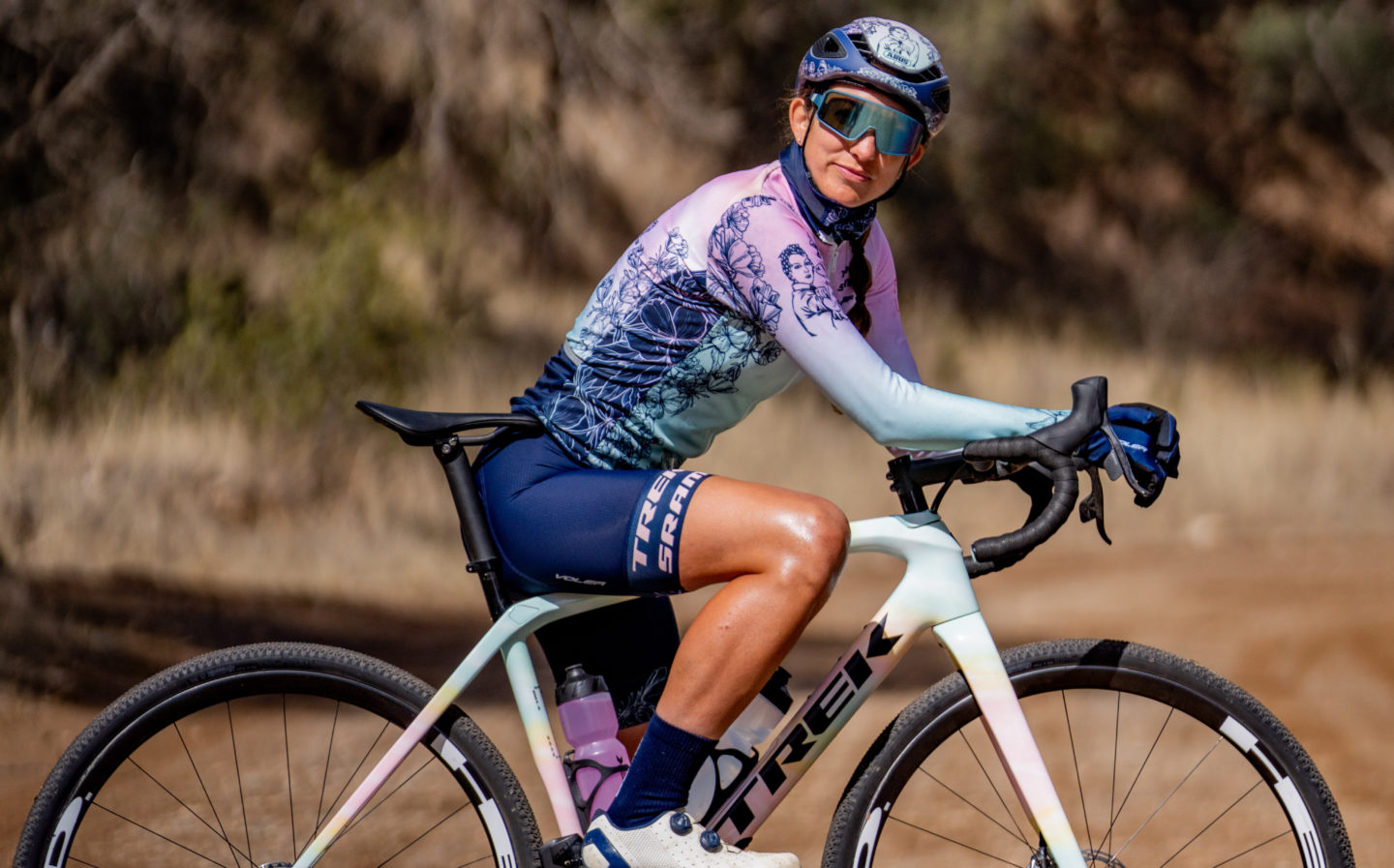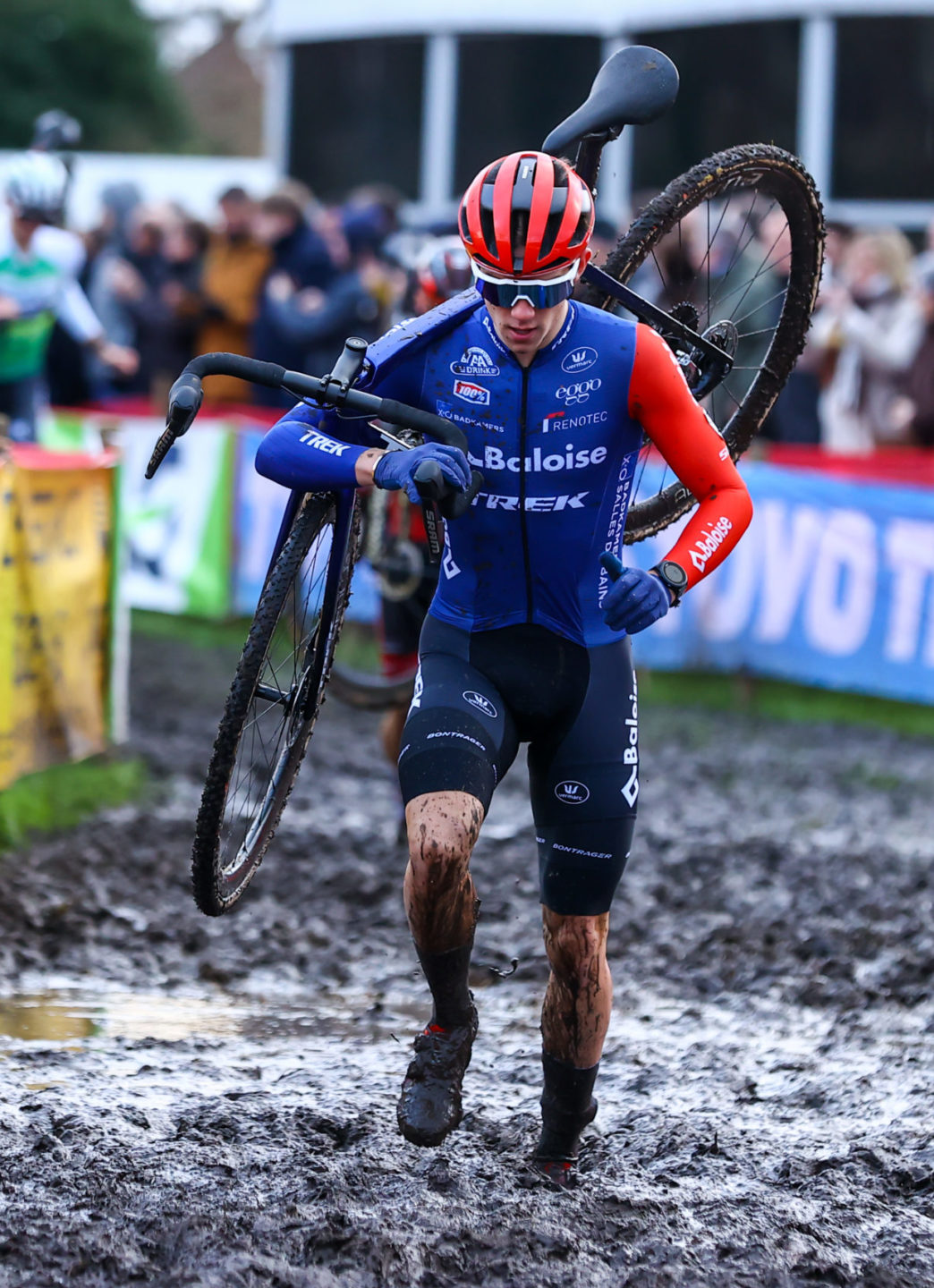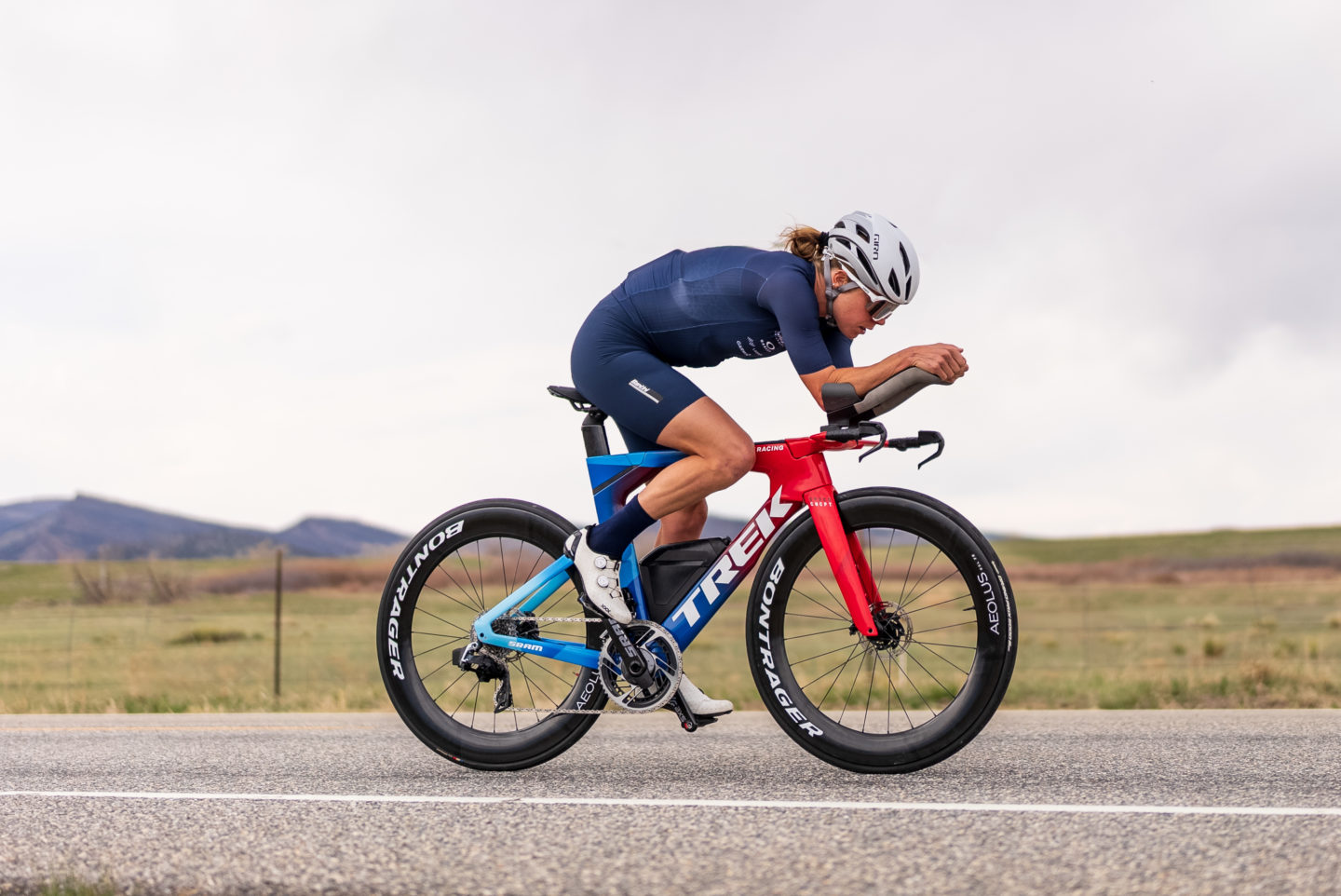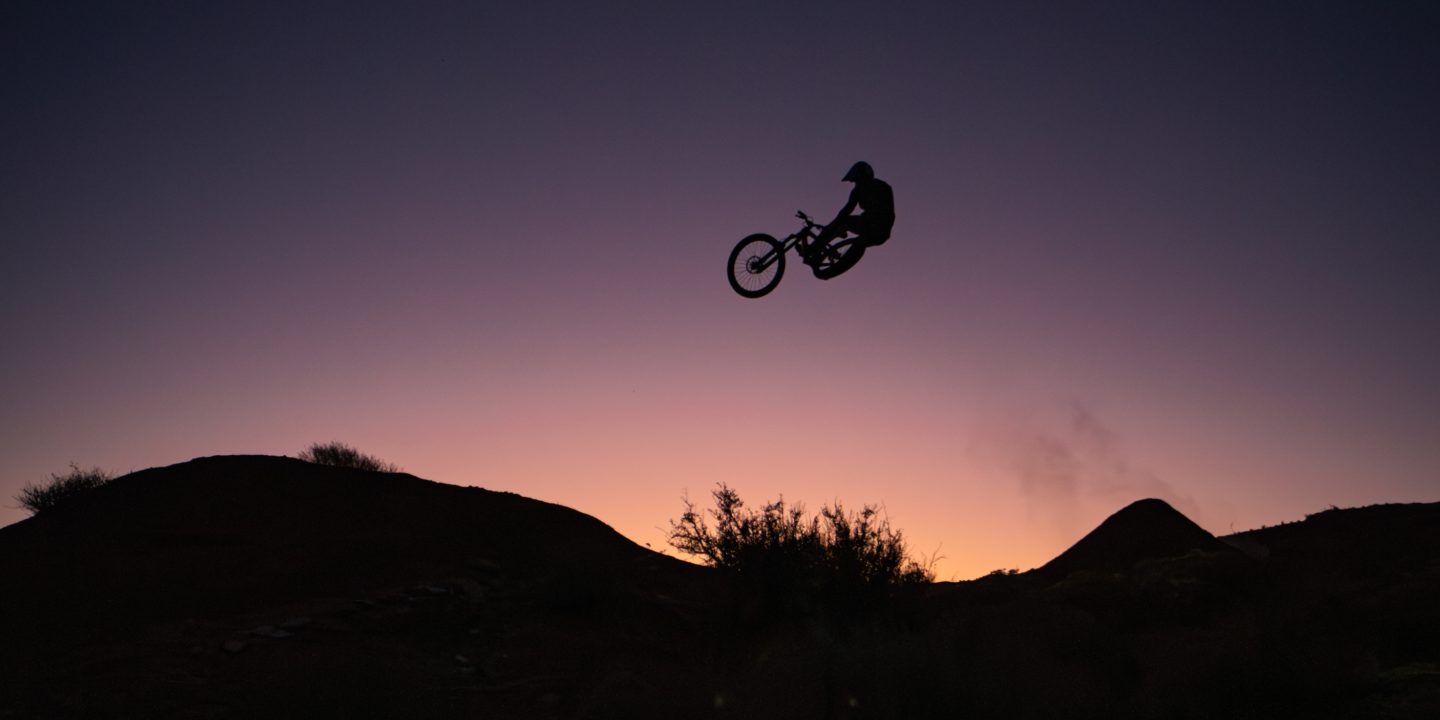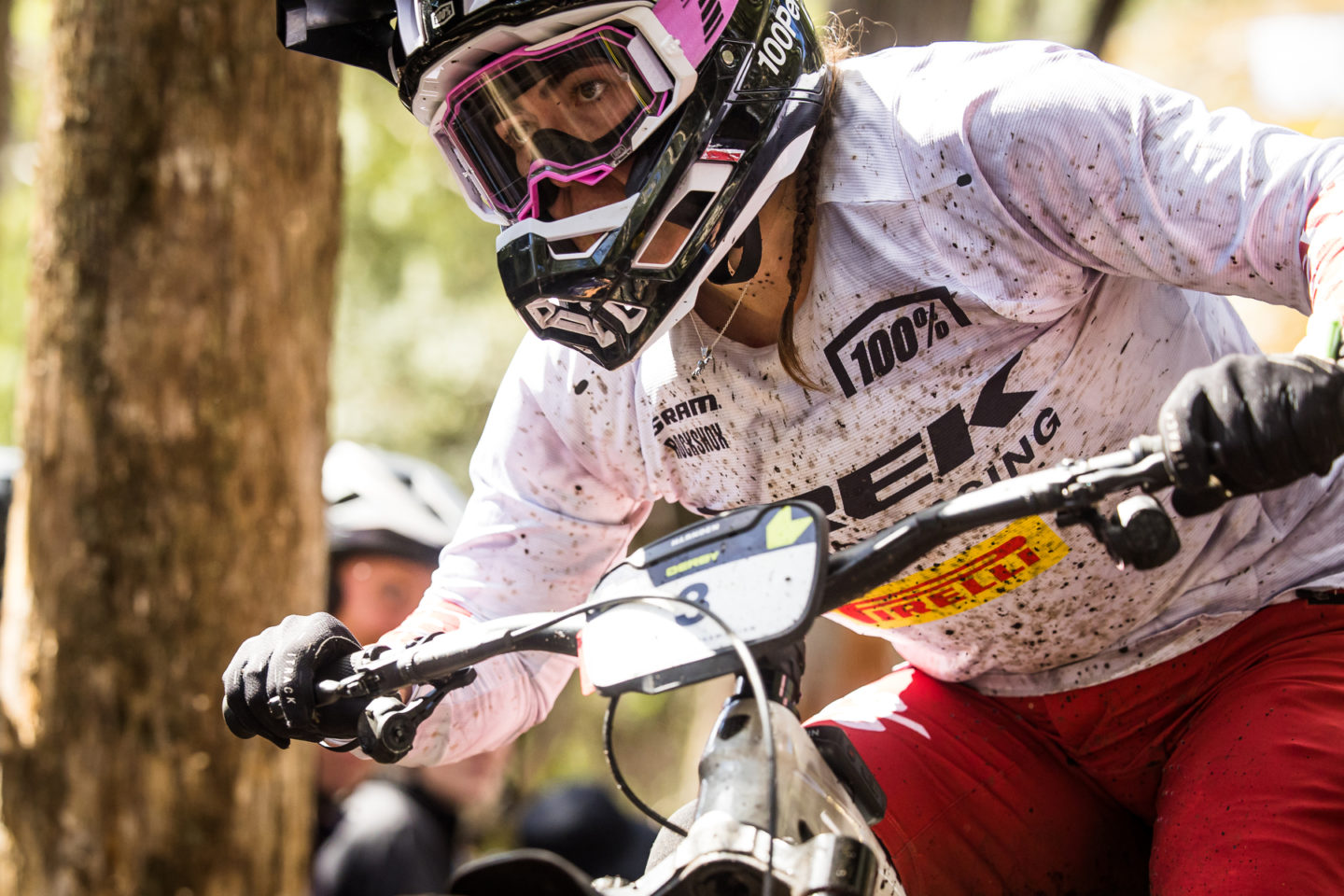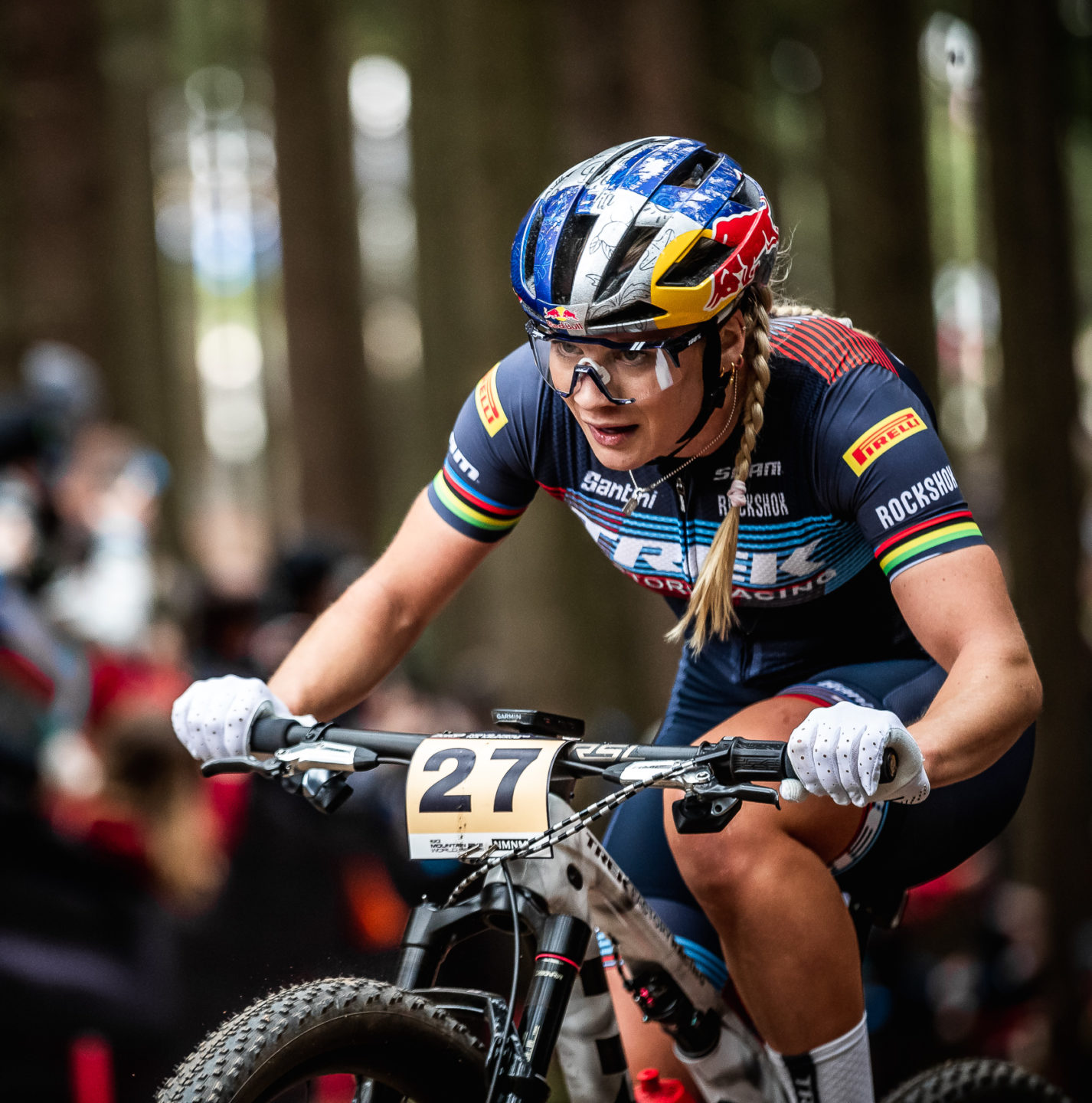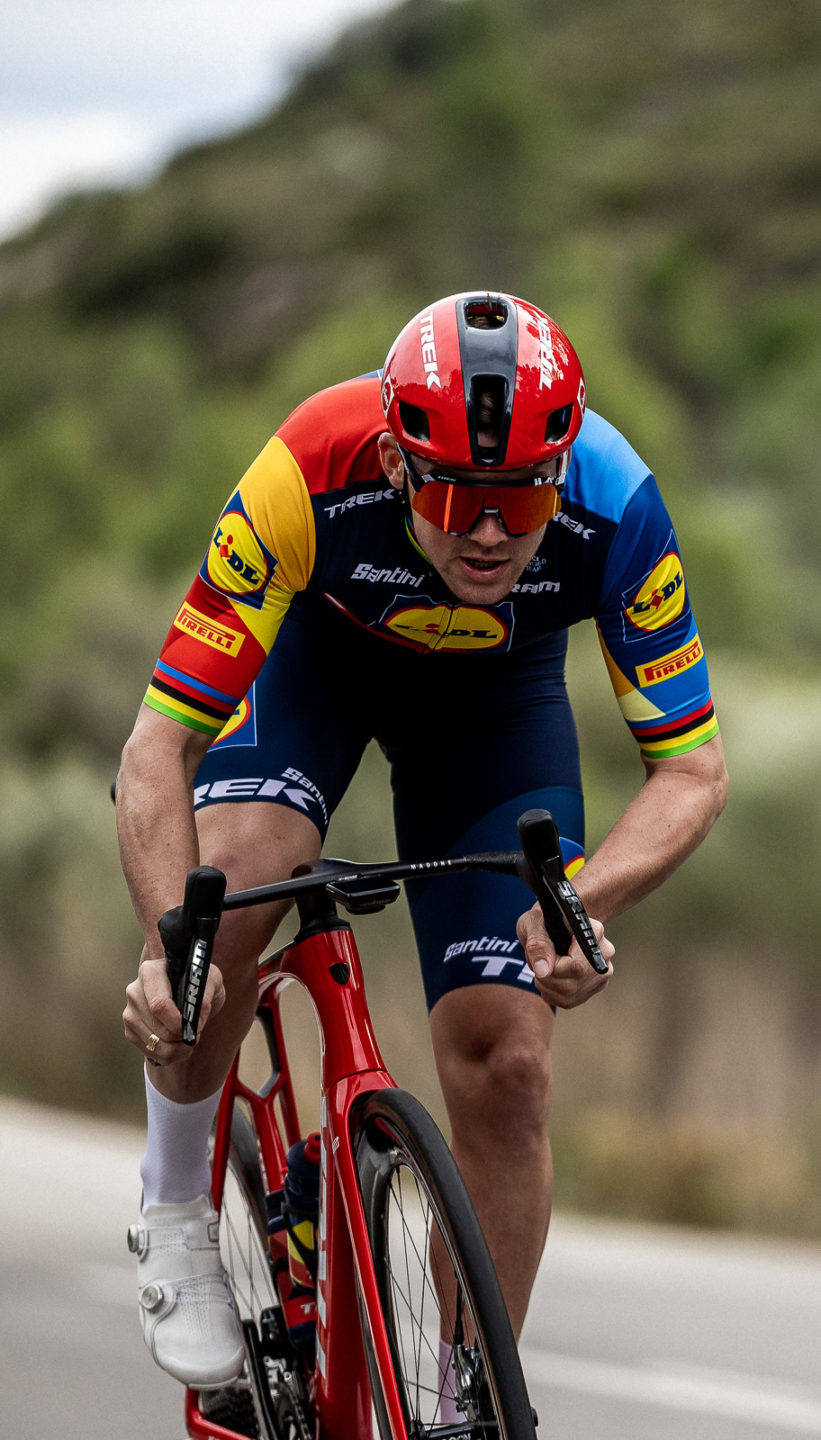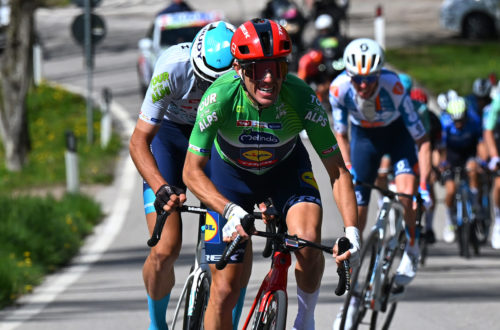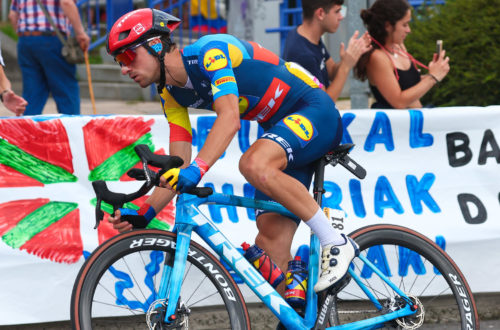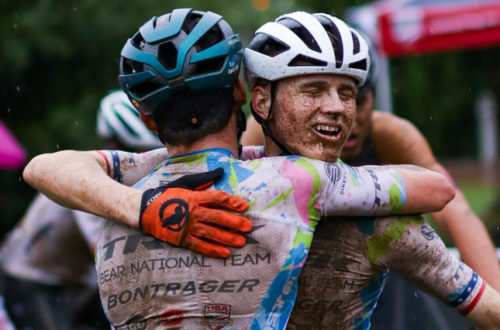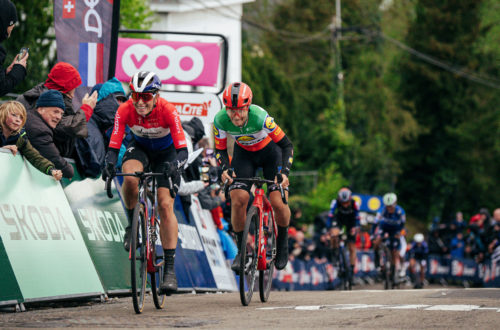There's no way to beat the heat, but the right clothes and a few tricks can help
Grand Tours are survival efforts. They are tests of maintenance and preparation as much as fitness and speed. And alongside steep slopes and brutal winds, extreme heat is among a cyclist’s worst enemies.
The Vuelta a España is particularly punishing, taking place across the sun-drenched Spanish landscape. The 2021 edition is being held a week earlier than usual due to the Olympics, ensuring that the peloton bears the full brunt of August.
“I think pretty much everyone has experienced a hot day, whether you’re racing a bike or doing anything outside when the temperature gets into that 100-degree range,” Matt Shriver, Trek-Segafredo’s technical director, says. “And if you can imagine you’re trying to do a maximum effort in that temperature, or you’re out there for four to six hours, it’s just draining you. And the riders are going to do that basically for three weeks.”
Mitigating the sun’s effects takes a focused effort before, during and after each stage, and requires everything from cooling vests, to vigilant hydration, to extra-breathable kits and bibs. In other words, it takes a battle plan, complete with tactics and proper armor. Here’s how Trek-Segafredo is combatting the heat:

Santini's Tono Freccio bib shorts are laser-perforated to be both breathable AND durable.
The kit
UCI regulations stipulate that riders must be clothed, otherwise road cycling might be an even more interesting sport than it already is. But within those regulations, clothing partners like Santini work diligently to make kits and bibs that are maximally lightweight and breathable.
“There’s the fashion side of it, it has to look good. But then there’s the function side of it, it has to protect the riders,” Shriver says. “It has to be durable enough to hold up when they crash, because you’re making something really thin and light for cooling. And then not only protect them from crashes, but the sun, so those materials have to be resilient to UV.”
Santini’s Tono Freccia bib shorts are the result of years of testing to determine the best way to incorporate breathable materials while maintaining structural integrity. The mesh side panels allow airflow and evaporative cooling, preventing riders from baking in their own sweat.
We are studying how to improve to be No. 1. And Santini is a great help for us.
- Leslie Zamboni, Trek Factory Racing product manager
The process of creating a “summer” kit began several years ago, when hot-weather races like the Tour Down Under and the UAE Tour became prominent early season events.
“I can say that there was a big evolution in the last 15-20 years,” Leslie Zamboni, product manager for Trek Factory Racing, says. “There was an evolution in the years due to the needs of the calendar, the change of the weather and the improvement of materials.”
Trek-Segafredo and Santini have tried a number of different techniques and materials over the years to create the lightest kits possible. They quickly settled on a mesh jersey, though some of the first prototypes were too porous to properly print the team logos.

Trek-Segafredo's summer kits are just about the lightest, most breathable clothing you can wear.
Bib shorts were trickier. Trek-Segafredo and Santini tried a number of different options before settling on a relatively thick lycra that has been perforated using a laser technique.
“The bibs are also in a super light mesh. We are trying to use the lightest materials available,” Zamboni says. “But for the shorts it was more complicated, because they had to keep the legs tight, and they had to keep the chamois in the correct position. Because if the shorts are too loose, the guys move too much on the bike and the position of the chamois is not good, and it doesn’t work.”
Most recently, Santini and Trek-Segafredo collaborated to develop a summer race suit, which used the concepts developed for the jersey and bib shorts to create a more breathable, yet still form-fitting and aerodynamic, kit for time trial days.
There's the fashion side of it, it has to look good. But then there's the function side of it, it has to protect the riders.
- Matt Shriver, Trek-Segafredo technical director
Santini and Trek-Segafredo are in constant communication to find new ways to create clothing that can improve performance.
“We are studying how to improve to be No. 1. And Santini is a great help for us,” Zamboni says. “They are always really open to satisfy our requests. They never say no. Which is also a benefit for them because they are adding to their collection, and they have a team that supports their products because we are using it in testing with the team, so they know it works.”
Trek-Segafredo has a similar relationship with Bontrager, who makes the shoes that the team uses. The footwear is also made with a mesh design on the upper for breathability, but there’s another consideration: keeping dry. Shoes have to be built with proper drainage, so they don’t get bogged down from sweat and any water that riders dump on themselves.

Alex Kirsch showing off the summer kit at the Vuelta.
“On a hot day, the radiant heat coming off the pavement can be 40 degrees celsius, and then the pavement is 50 degrees or even hotter. And so that’s just reflecting up at your foot,” Shriver says. “You’re pressing on your shoe all day, and over time you get what’s called ‘hot feet.’ It’s just hot, swollen feet. And you’re clamped down, so it starts to get pretty uncomfortable.”
Everything that riders wear — the jersey, the shorts, the shoes, the socks; all of it — work as a system to keep them cool and dry. The “ideal” cooling solution is to wear nothing at all. That won’t happen in a race setting any time soon, but Trek-Segafredo has worked with its partners to come up with the next best thing.
Tricks of the trade
Lightweight clothing can only do so much to keep riders cool. Races like the Vuelta require a coordinated team effort to make sure riders don’t come undone in the heat.
Ahead of tough stages, riders will warm up their legs while wearing cooling vests that keep their core body temperatures low. The vests are filled with frozen gel packs that have been kept in coolers for their use. Sometimes, riders will wear them up to the start of the stage.
The vests are particularly important on time trial days, when riders can’t warm up in the peloton, and don’t have any cooling airflow as they spin their legs on stationary trainers near the team bus. The team will position giant fans near the riders to simulate the wind.

A soigneur ready for duty.
When riders hit the road, they enter a chaotic environment. Soigneurs play a pivotal role in this stage, meeting riders along the route to hand out cold water bottles. The team will try to give riders as much hydration as possible throughout the day. Feeding is typically only prohibited near the start and finish lines.
Team staff will often have to hop back in their cars, exit the course and try to drive ahead of the race to reach riders at multiple points farther up the road. They don’t always catch the peloton.
“Sometimes you’re stuck behind the race for a while and you can’t get off quick enough on a different route to get in front, so you might get one spot in a day, or you’ll waste hours driving to a point and you can’t get there,” Shriver says. “It’s really hard for the riders and for the person doing it because you want to be there for them.”
When guys are riding to sign in on a really hot day, that's 15 minutes that they could be staying cool before the race.
- Matt Shriver
The team and soigneur cars are also filled with “ice socks.” These rudimentary cooling devices consist of pantyhose filled with ice cubes that riders then stuff down the back of their kits for some much-needed relief.
“We go to the store and we buy leggings,” Shriver says. “Because it’s a stretchy material, and so you can just pack that thing full of ice. Like you can put almost a whole bag of ice in those. And they’re pretty durable.”
After races, ice baths pull the double duty of quickly relieving inflammation and cooling the body back down. Team trainers will also mix isotonic powder into a frozen slushie for a post-ride recovery drink that’s particularly refreshing.

A perfectly executed handoff.
Every second of cooling helps. Teams like Trek-Segafredo try to anticipate every possible moment that might burn up the matches they need during the race.
“When guys are riding to sign in on a really hot day, that’s 15 minutes that they could be staying cool before the race,” Shriver says. “It’s super super hot and they’re just baking in the sun, getting ready to go. Before the event actually starts just keeping that temperature down is super helpful.”
There’s no way to ever truly beat the heat; suffering is a feature of cycling, not a bug. But with meticulous planning and care, it is possible to fight back against the sun. And in the midst of a three-week race where temperatures will continue to tip into the triple digits, every moment of reprieve from the oppressive heat can add up to the winning move.
